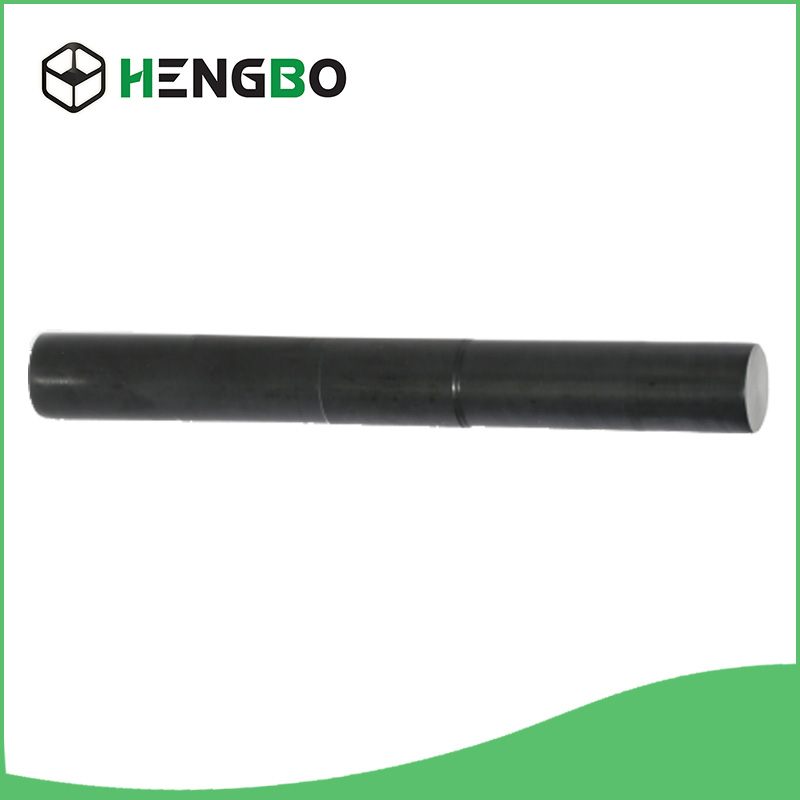Considerations regarding ESD PEEK rods
2024-01-06
ESD (Electrostatic Discharge) PEEK (Polyetheretherketone) rod refers to a type of PEEK material that has been modified to provide electrostatic dissipation properties. PEEK is a high-performance engineering plastic known for its excellent mechanical, thermal, and chemical resistance properties. Adding ESD properties to PEEK is crucial in applications where the control of electrostatic discharge is necessary to protect sensitive electronic components or products. Here are key features and considerations regarding ESD PEEK rods:
1. Material Properties:
- PEEK is a high-performance thermoplastic known for its outstanding mechanical strength, chemical resistance, and thermal stability. It is widely used in industries such as aerospace, automotive, electronics, and medical devices.
2. ESD Properties:
- The incorporation of electrostatic discharge (ESD) properties into PEEK involves adding conductive fillers or modifying the molecular structure to dissipate static electricity. This helps prevent the build-up of static charges, which could otherwise damage electronic components.
3. Applications:
- ESD PEEK rods are used in applications where both the superior mechanical properties of PEEK and ESD control are required. Common applications include electronic manufacturing, semiconductor processing equipment, medical device manufacturing, and other industries where static-sensitive materials or components are present.
4. Color Coding:
- ESD PEEK materials are often color-coded to indicate their electrostatic dissipation properties. The color may vary, but common colors include black or gray. The color coding helps users identify ESD materials and ensures that the proper material is used in ESD-sensitive environments.
5. Dimensional Stability:
- ESD PEEK maintains the excellent dimensional stability that is characteristic of standard PEEK. This stability is crucial in applications where tight tolerances and precise dimensions are required.
6. Machinability:
- PEEK, including ESD PEEK, is known for its machinability. It can be easily machined into various shapes and components, making it suitable for applications where intricate parts are needed.
7. Chemical Resistance:
- Like standard PEEK, ESD PEEK offers excellent resistance to a wide range of chemicals, including solvents, acids, and bases. This chemical resistance is advantageous in environments where exposure to aggressive substances is possible.
8. Temperature Resistance:
- ESD PEEK retains the high-temperature resistance of standard PEEK. It can withstand elevated temperatures without significant degradation of its mechanical and electrical properties.
9. Compliance Standards:
- ESD PEEK materials may be designed to meet specific electrostatic discharge standards, such as ANSI/ESD S20.20 or IEC 61340-5-1. Compliance with these standards ensures that the material provides effective ESD control.
When considering ESD PEEK rods for a particular application, it's important to consult with material suppliers or manufacturers to ensure that the specific material meets the requirements of the intended use, including ESD specifications and mechanical properties.



